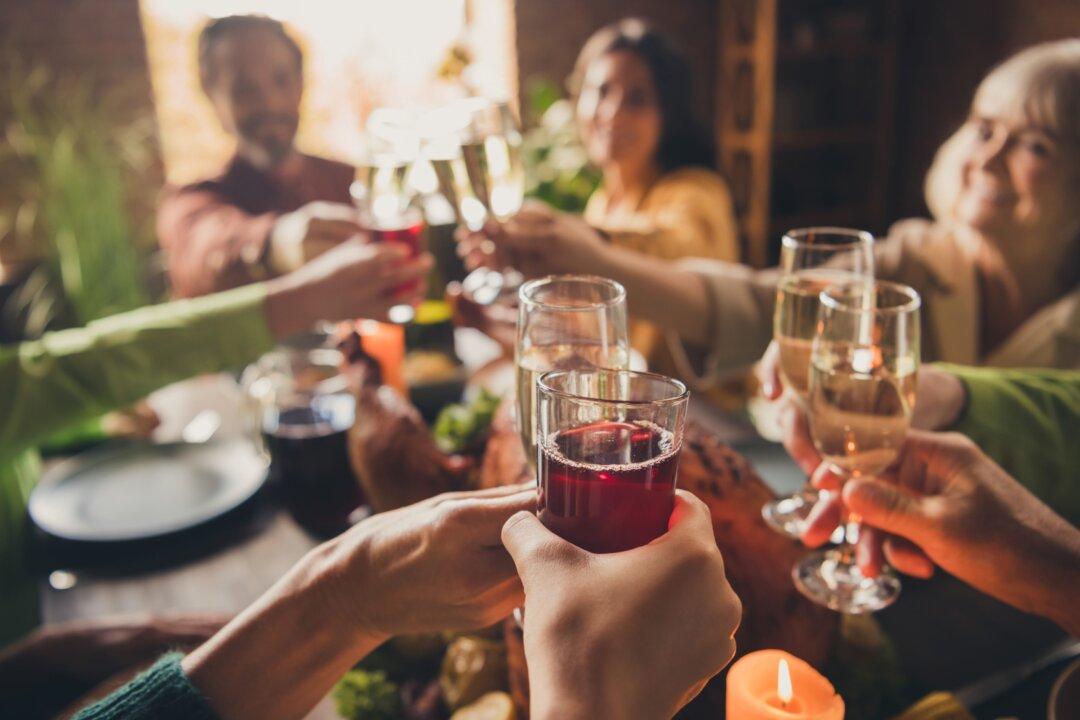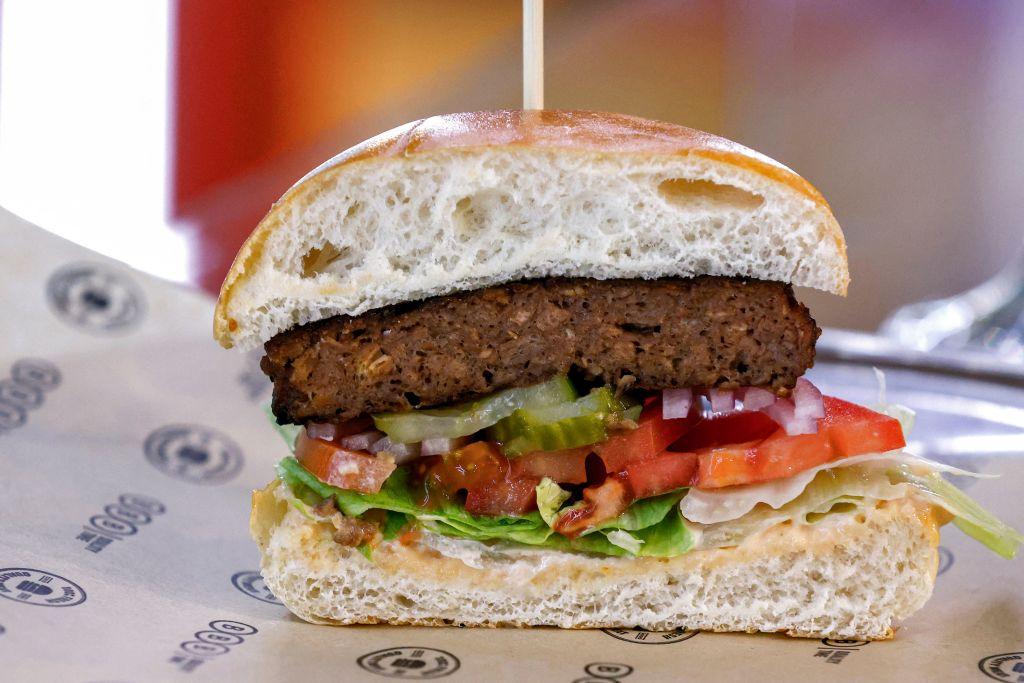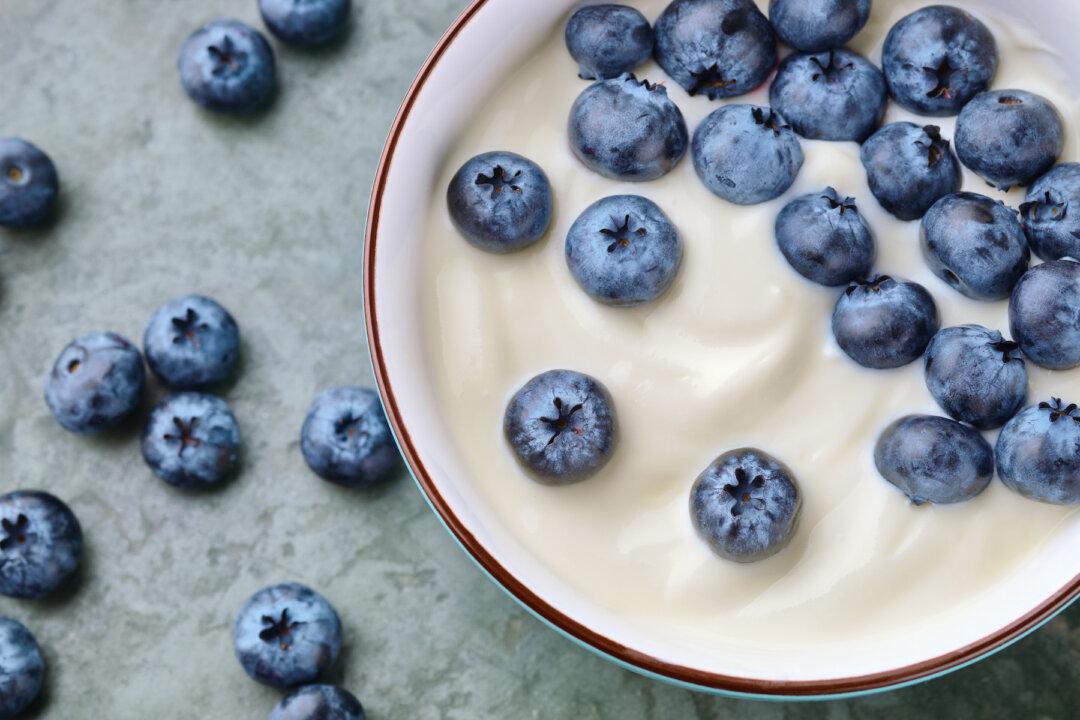New research has found that the recent surge in the popularity of zero percent alcohol drinks, fuelled by consumer demand for healthier lifestyle choices, has caused growing concerns among parents, with fears it could serve as a gateway to real alcohol consumption among adolescents.
The Flinders University research was published today in the Australian and New Zealand Journal of Public Health.




